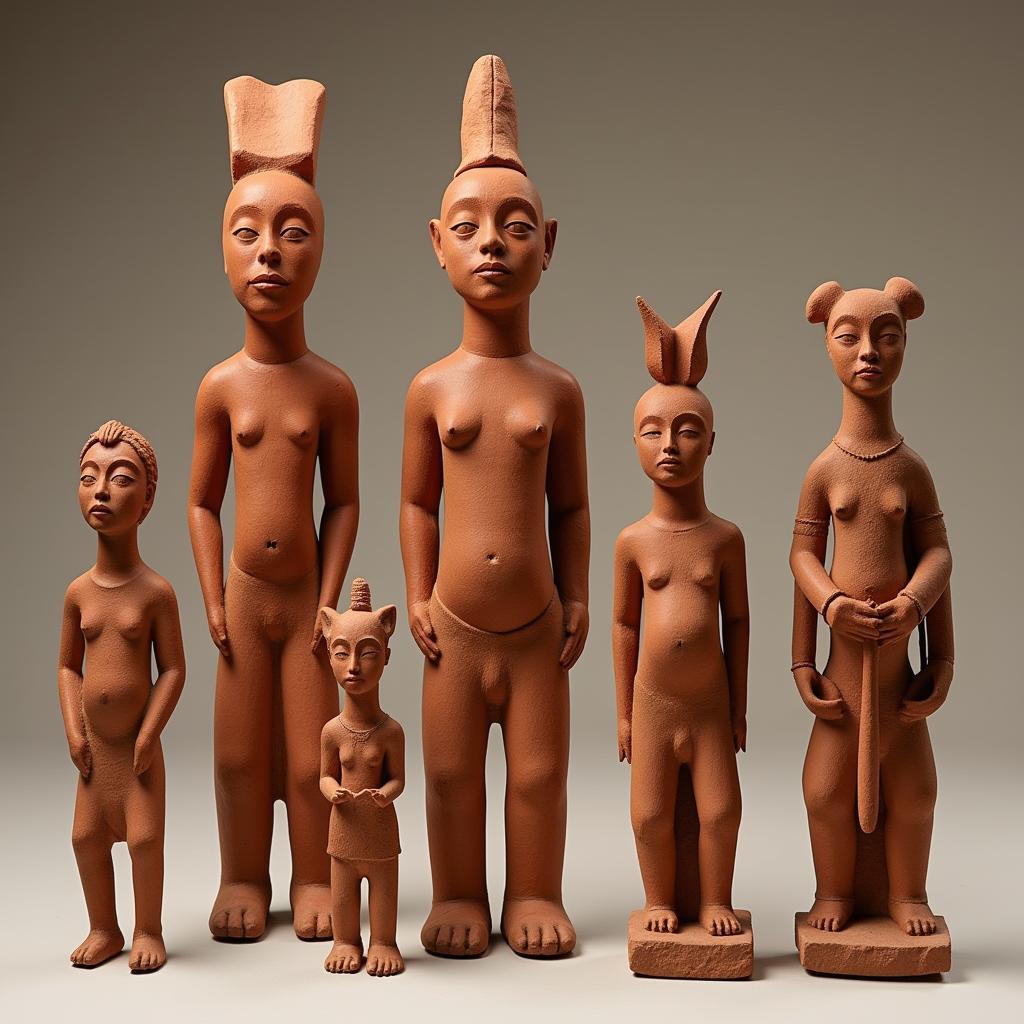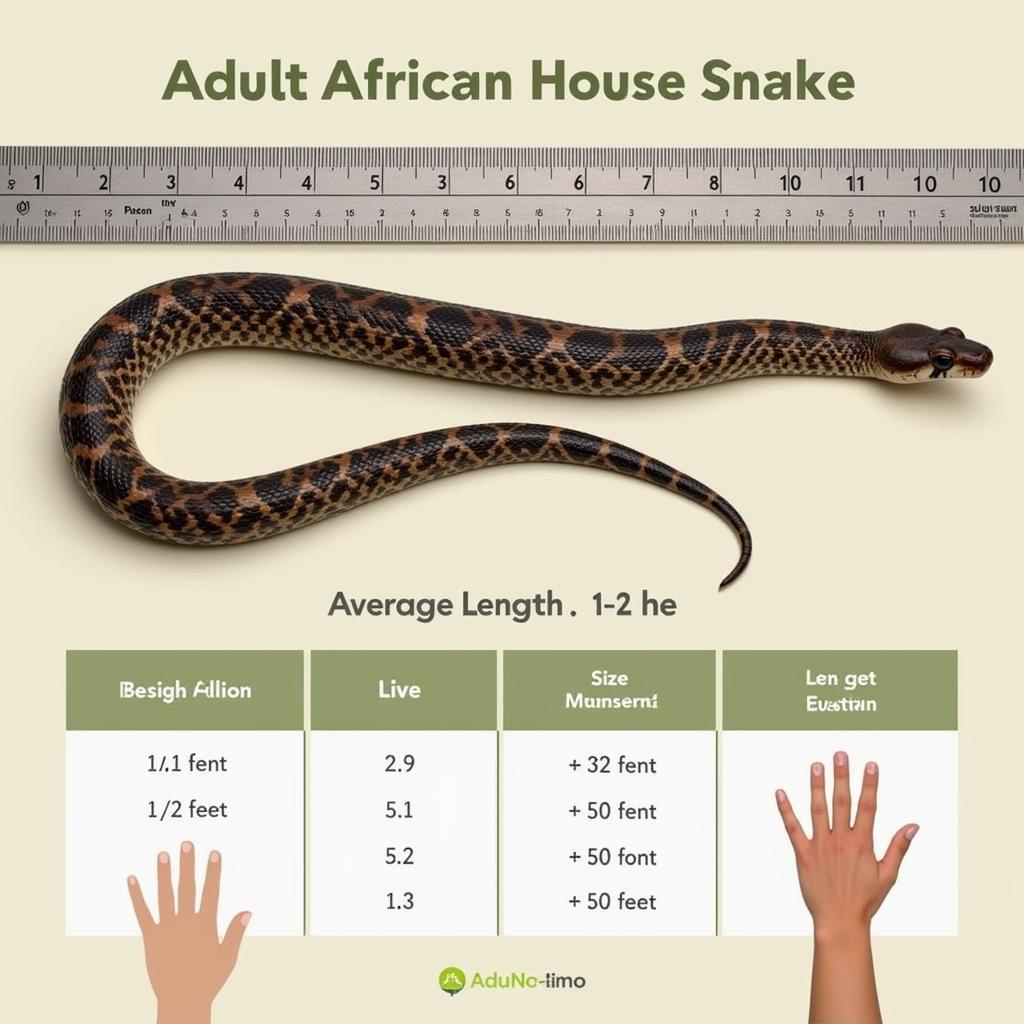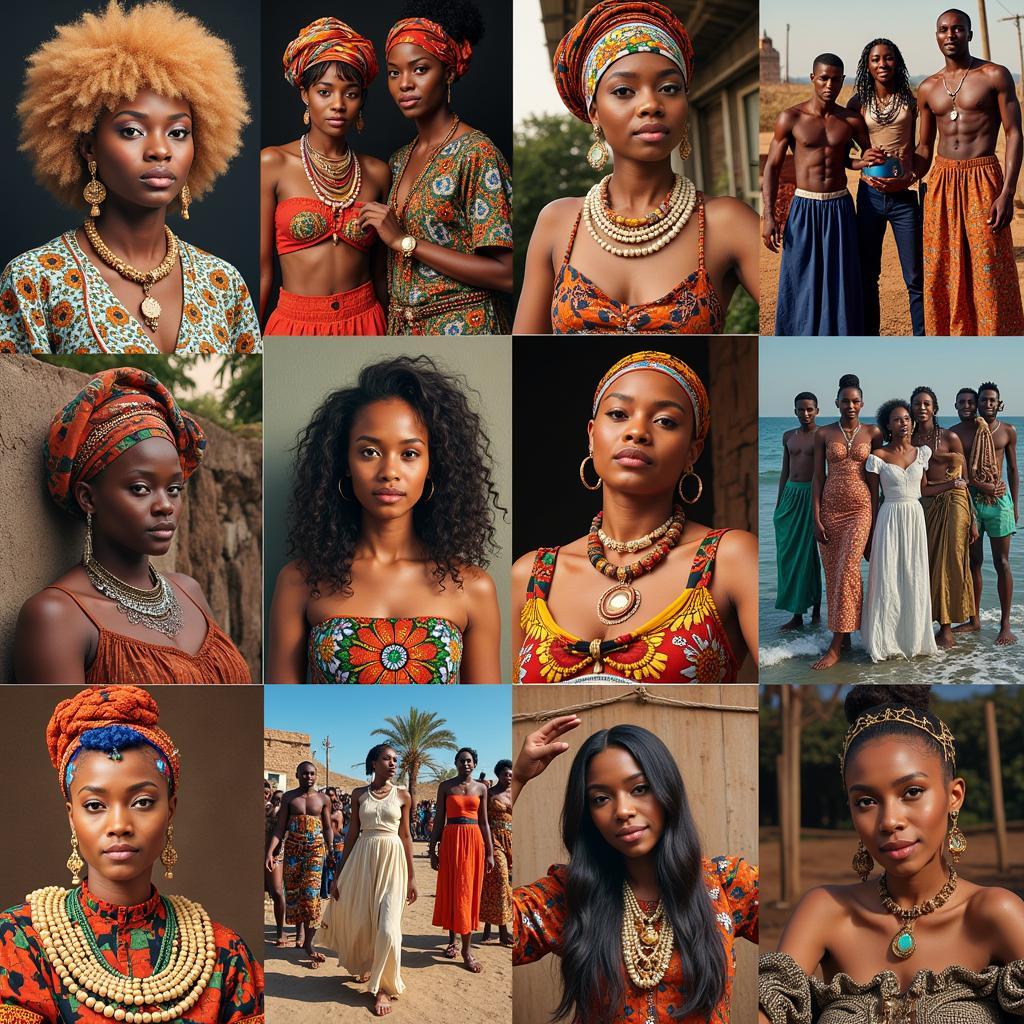Unveiling the Mystery: African Kids with Blue Eyes
The sight of African Kids With Blue Eyes can be captivating, a mesmerizing blend of contrasting features that challenges our typical perceptions of ethnicity and heredity. While brown eyes are the norm across the African continent, the occasional appearance of blue or green eyes tells a compelling story of genetic inheritance, migratory patterns, and the rich tapestry of human diversity.
Beyond the Surface: Understanding the Science of Eye Color
Eye color, like skin and hair color, is determined by the amount and type of melanin pigment present in the iris. While multiple genes contribute to this complex trait, a gene called OCA2 plays a significant role. Variations in this gene can lead to different ratios of melanin production, resulting in a spectrum of eye colors ranging from the most common brown to shades of hazel, green, and blue.
Blue eyes, often associated with European ancestry, are actually a result of lower melanin levels in the iris. This allows for a phenomenon known as Rayleigh scattering, where light is scattered by the iris, resulting in the perception of blue color.
 African Family with Diverse Eye Colors: A Celebration of Heritage
African Family with Diverse Eye Colors: A Celebration of Heritage
Tracing the Roots: Historical and Genetic Influences
The presence of blue eyes in African populations can be attributed to several factors, often intertwined:
- Genetic Inheritance: Recessive genes, like those responsible for blue eyes, can be passed down through generations, sometimes remaining dormant until a specific combination of genes from both parents leads to their expression.
- Ancient Migrations: Historical migrations and interactions between different population groups have left their mark on the genetic makeup of various regions. For instance, the presence of blue-eyed individuals in some North African communities can be linked to historical connections with European populations through trade routes and cultural exchanges.
- Genetic Mutations: In rare cases, spontaneous genetic mutations can occur, leading to unique traits like blue eyes, even in populations where such features are uncommon.
Dispelling Myths and Celebrating Diversity
It’s crucial to approach the topic of African kids with blue eyes with sensitivity and respect, avoiding generalizations or perpetuating harmful stereotypes. The focus should always be on celebrating the beauty of human diversity and acknowledging the complex interplay of genetics, history, and cultural influences that shape our physical traits.
It’s important to remember that:
- Generalizations are misleading: Not all blue-eyed individuals in Africa share the same ancestry or historical narratives.
- Race is a social construct: Eye color, like other physical characteristics, does not define one’s race or cultural identity.
- Respect is paramount: It’s essential to treat all individuals with respect, regardless of their physical features.
Embracing the Unexpected: A Testament to Our Shared Humanity
The captivating gaze of African kids with blue eyes serves as a powerful reminder of the incredible diversity within the human race. Their unique features are a testament to the complex and fascinating journey of human evolution and the interconnectedness of our shared history.
By fostering understanding and appreciation for the beautiful tapestry of human variation, we can create a more inclusive and compassionate world where every individual is celebrated for their unique contributions.
FAQs about African Kids with Blue Eyes
-
Is it rare for African kids to have blue eyes?
Yes, while blue eyes are found in certain African populations, they are less common compared to brown eyes, which are predominant across the continent. -
What causes blue eyes in African kids?
Blue eyes in African kids, similar to other populations, are primarily determined by genetic inheritance, often linked to variations in the OCA2 gene. -
Are there any health concerns associated with blue eyes in African kids?
No, blue eyes themselves do not pose any specific health risks for African kids. -
How can we promote diversity and inclusion when discussing physical traits like eye color?
We can promote diversity and inclusion by focusing on celebrating the beauty of human variation, avoiding generalizations, and treating all individuals with respect, regardless of their physical characteristics.
Need More Information?
If you’d like to explore further, check out our article on african american heritage for kids.
Let’s Connect!
Have any questions or want to delve deeper into the wonders of African culture? Don’t hesitate to contact us!
Phone: +255768904061
Email: [email protected]
Visit us at: Mbarali DC Mawindi, Kangaga, Tanzania.
Our dedicated customer support team is available 24/7 to assist you.



